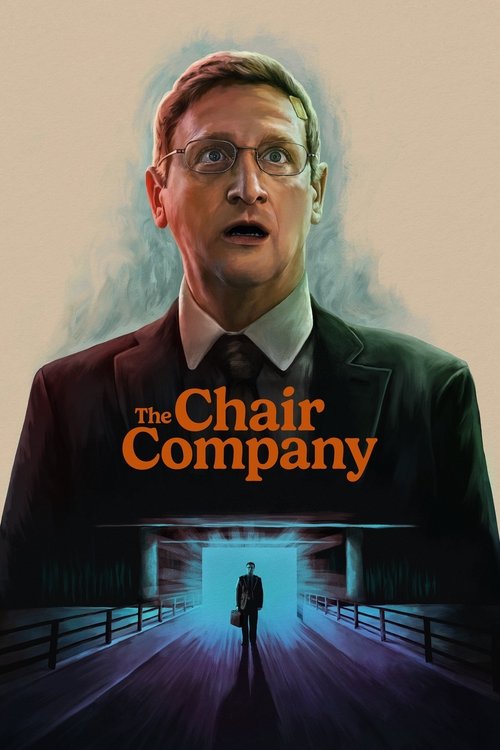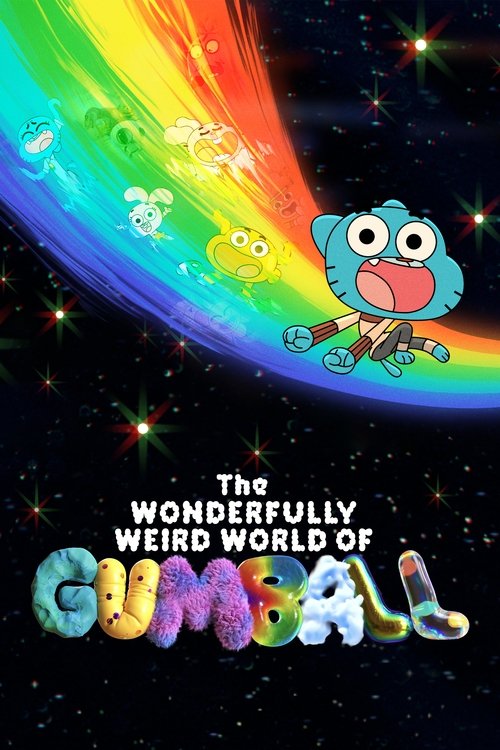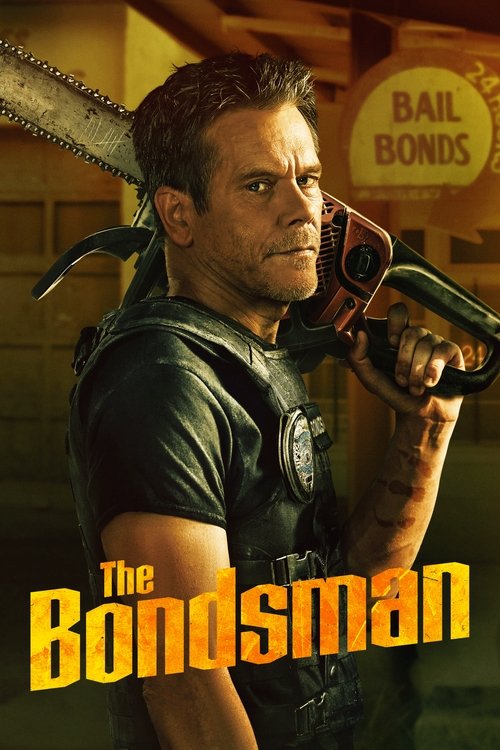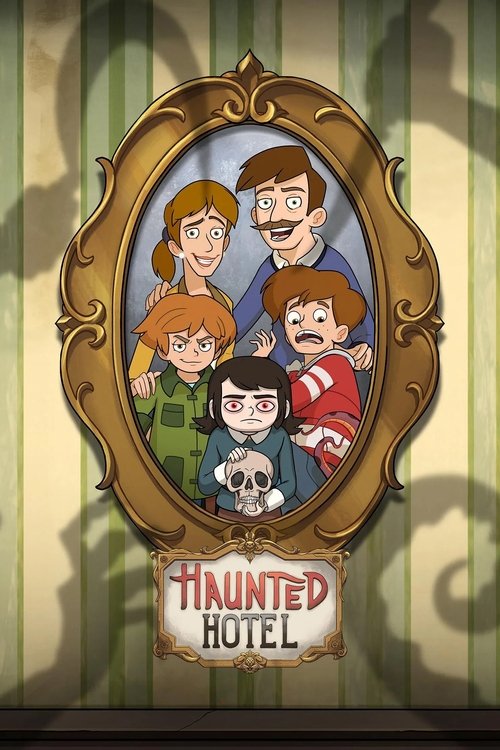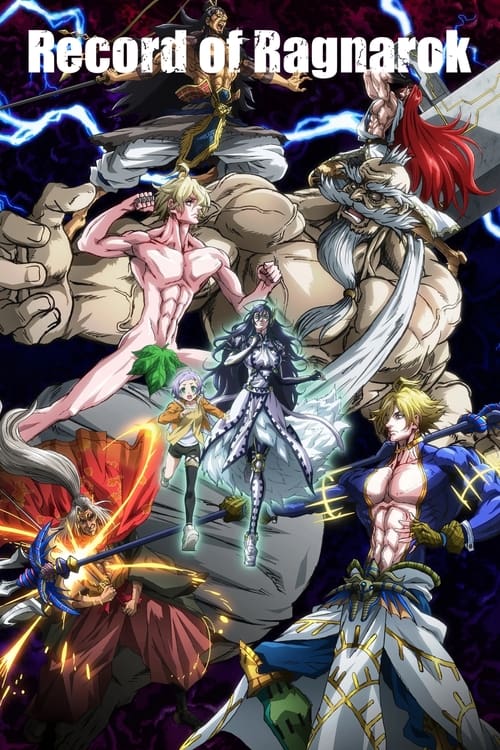
Ask Your Own Question
What is the plot?
The episode opens with a young girl practicing ballet alone in a dimly lit studio, using a video of a ballet class as her guide. This scene establishes the theme of dedication and struggle in ballet.
The story then shifts to New York City, where Jack McMillan, the executive director of the Metropolitan Ballet Theater (MBT), is introduced. Jack is shown managing the company with a firm but somewhat brusque style. He is concerned about the declining public interest in ballet, which has worsened since the pandemic. Jack's friend Geneviève Lavigne, director of Le Ballet National in Paris, arrives in New York. They meet at a club where Jack makes friendly advances, but Geneviève remains distant, indicating their relationship is more professional than personal.
Geneviève reveals the real purpose of her visit: she proposes a bold plan to save their struggling ballet companies. She suggests a transatlantic exchange program where the two companies swap their top talents--including dancers, choreographers, and conductors--for an entire year. This swap aims to rejuvenate public interest and bring fresh energy to both companies. Jack initially opposes the idea, especially because the plan involves working with Crispin Shamblee, a controversial British oil baron known for war profiteering and environmental destruction, whom Jack has refused to collaborate with before.
Despite his reservations about Crispin, Jack recognizes the potential benefits of the swap for the art form and the artists involved. After some internal conflict, he agrees to the deal and shakes hands with Geneviève and Crispin, committing both companies to the exchange.
The episode introduces several key characters affected by the swap. Taïs Vinolo's character, Mishi Duplessis, is a French ballerina currently dancing in New York who is reluctant to return to Paris due to personal family issues and professional setbacks. David Haig's Nicholas Leutwylek, a veteran dancer and trainer, is shown struggling with health problems and the changing cultural landscape but is persuaded by Jack to continue mentoring young dancers.
LaMay Zhang's SuSu Li, a talented young Chinese-American dancer from a low-income background, is introduced practicing ballet secretly after hours using recordings because her mother cannot afford lessons. Cheyenne Toussant, a passionate and outspoken dancer, urges Jack to enroll SuSu in the company's program for free, highlighting the social and economic challenges within the ballet world.
The episode also depicts tensions between Cheyenne and Crispin Shamblee. Cheyenne is shown as an activist who openly criticizes Crispin's business practices and even vandalizes his oil tankers, leading to confrontations between them. Jack, while disliking Crispin for different reasons, is caught in the middle of these conflicts.
The episode ends with the formal announcement of the swap, setting the stage for the cultural and personal clashes that will follow as dancers and staff from New York and Paris begin their year-long exchange. The final scenes emphasize the uncertainty and hope surrounding this radical experiment to save ballet.
What is the ending?
The episode "The Swap," the first episode of Étoile Season 1, ends with the two leading ballet companies from New York and Paris agreeing to exchange their top dancers in a bold attempt to revive their struggling institutions. Jack from New York and Geneviève from Paris finalize the plan despite the complications, including the controversial financier Crispin Shamblee backing the deal. The episode closes on the tension and uncertainty surrounding this unprecedented swap, setting the stage for the challenges ahead.
Expanding on the ending scene by scene:
The final act of the episode unfolds with Jack, the principal dancer from the New York company, and Geneviève, the Parisian ballet star, meeting to solidify the swap agreement. They discuss the dire state of their respective companies--Jack's facing harsh critiques and dwindling audiences, while Geneviève laments the loss of traditional ballet's appeal in the face of modern distractions like social media.
As they negotiate, the presence of Crispin Shamblee, the wealthy and morally dubious sponsor, looms large. Jack expresses his disdain for Shamblee, calling him a "soil raper" and highlighting the ethical compromises involved in accepting his funding. Despite this, both Jack and Geneviève recognize that the survival of their companies depends on this risky exchange.
The scene shifts to the announcement of the swap to the dancers and staff, who react with a mix of excitement, skepticism, and anxiety. The cultural and artistic clash between the two companies is palpable, as dancers prepare to leave their familiar environments for a foreign city and a different style of ballet.
The episode closes with Jack and Geneviève each stepping into their new roles abroad, their faces reflecting a blend of hope and apprehension. The fate of the main characters at this point is uncertain: Jack is set to immerse himself in the Parisian ballet world, while Geneviève will bring her Parisian technique to New York. Both are poised to face personal and professional challenges as they adapt to new expectations and environments.
This ending highlights the central conflict of the series--the tension between tradition and innovation, the personal sacrifices artists make for their craft, and the complex interplay of art, commerce, and morality in the world of ballet. It leaves viewers anticipating how the characters will navigate these challenges in the episodes to come.
Is there a post-credit scene?
Yes, the first episode of Étoile, titled "The Swap," features a post-credit scene that shows behind-the-scenes (BTS) footage of the dancers' real-life routines on set. This footage includes dancers sitting against a wall gossiping, stretching out their toe shoes, lying around with books, and stretching--capturing a raw and realistic glimpse of the dancers' lives beyond the polished ballet performances seen in the episode. These scenes run through the credits and provide a more authentic and intimate look at the dancers' work and lifestyle, which many viewers find compelling and look forward to in each episode.
What is the central conflict introduced in Étoile Season 1 Episode 1 'The Swap'?
The central conflict is that two world-renowned ballet companies, one in New York led by Jack and the other in Paris led by Genevieve, are struggling to survive. Genevieve proposes a radical solution to save their institutions by swapping their most talented stars, which introduces tension and challenges for both companies.
Who are the main characters involved in the swap between the ballet companies?
The main characters involved are Jack, who leads the New York ballet company, and Genevieve, who leads the Paris ballet company. Their decision to swap their top dancers drives the story in Episode 1.
How is ballet portrayed in the opening scenes of 'The Swap'?
The episode opens with a little girl practicing ballet alone in a dark studio, watching a video of another ballet class. This scene sets a tone of dedication and the solitary, demanding nature of ballet training.
What tone or genre does Étoile Season 1 Episode 1 establish?
The episode establishes a tone that blends comedy and drama, highlighting both the beauty and humor of life devoted to ballet, as well as the unpredictability and challenges faced by the dancers and staff.
What is the significance of the swap for the characters and their ballet companies?
The swap is a bold and ambitious gambit intended to save the struggling ballet companies by exchanging their most talented stars. This move creates dramatic tension and explores the impact on the dancers' personal and professional lives as they adapt to new environments and expectations.
Is this family friendly?
The TV show Étoile, season 1 episode 1 "The Swap" is not family friendly and is rated 16+ on Prime Video due to mature themes, suggestive content, and occasional strong language.
Potentially objectionable or upsetting aspects for children or sensitive viewers include:
- Implied sexual activity and partial nudity, though not graphic.
- Emotionally intense scenes related to the pressures and sacrifices of professional ballet life.
- Mature themes involving ambition, rivalry, and personal struggles.
- Some strong language.
There is no graphic violence, but the physical risks of dance are depicted. Overall, the show is intended for older teens and adults, and parental guidance is strongly advised for viewers under 16.
Does the dog die?
In Étoile Season 1, Episode 1 ("The Swap"), the dog named Simi does not die. Although Mishi Duplessis is initially told by her politician mother, Clea, that the dog had passed away some time ago, this turns out to be a mix-up reflecting Mishi's detachment from her parents. Simi is very much alive and becomes an important part of the story, eventually forming a close bond with Bruna, another character. The dog even bites Bruna once, but this is justified as an accident when Bruna steps on it. By the end of the season, Simi is happily settled with Bruna and Mishi, enjoying their company and daily lives.
No evidence from the sources suggests that Simi or any other dog dies in the episode or the season. The only animal death mentioned off-screen is a rat, which is unrelated to the dog.












